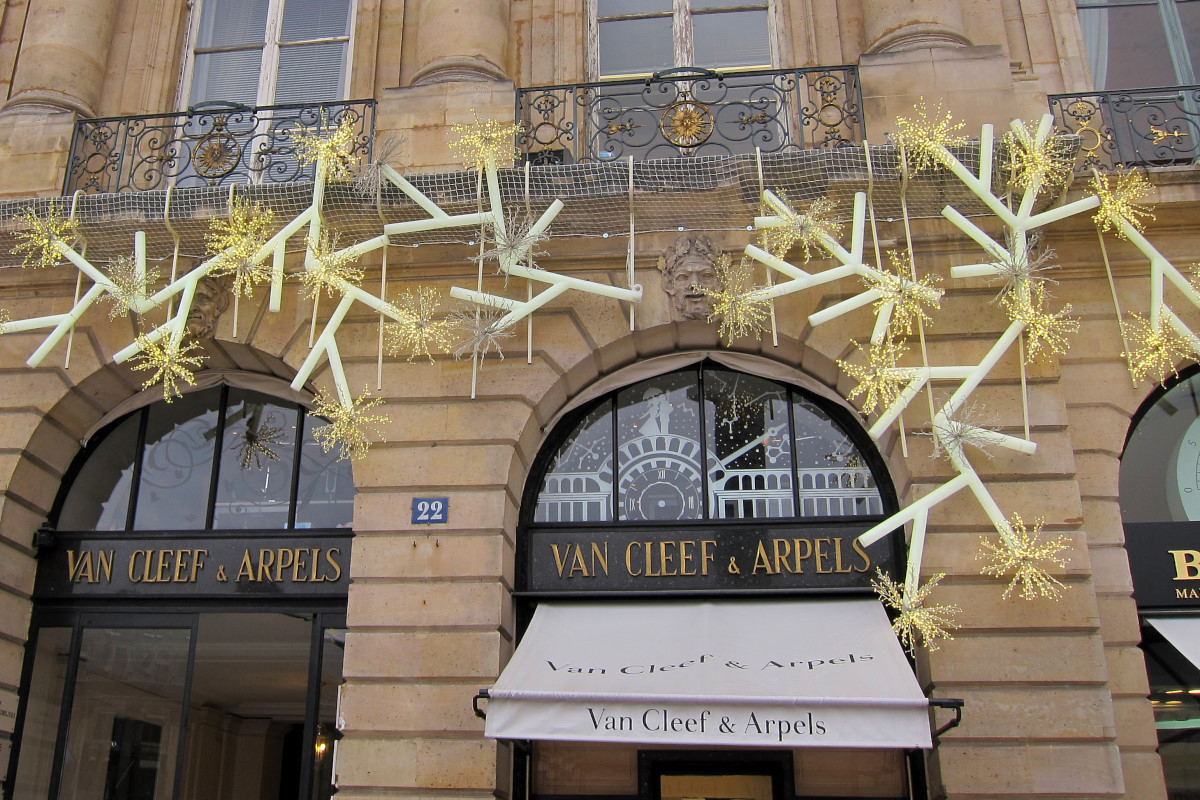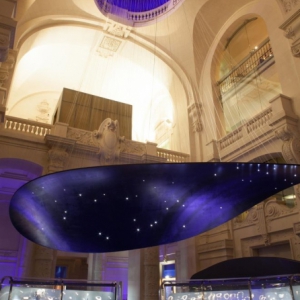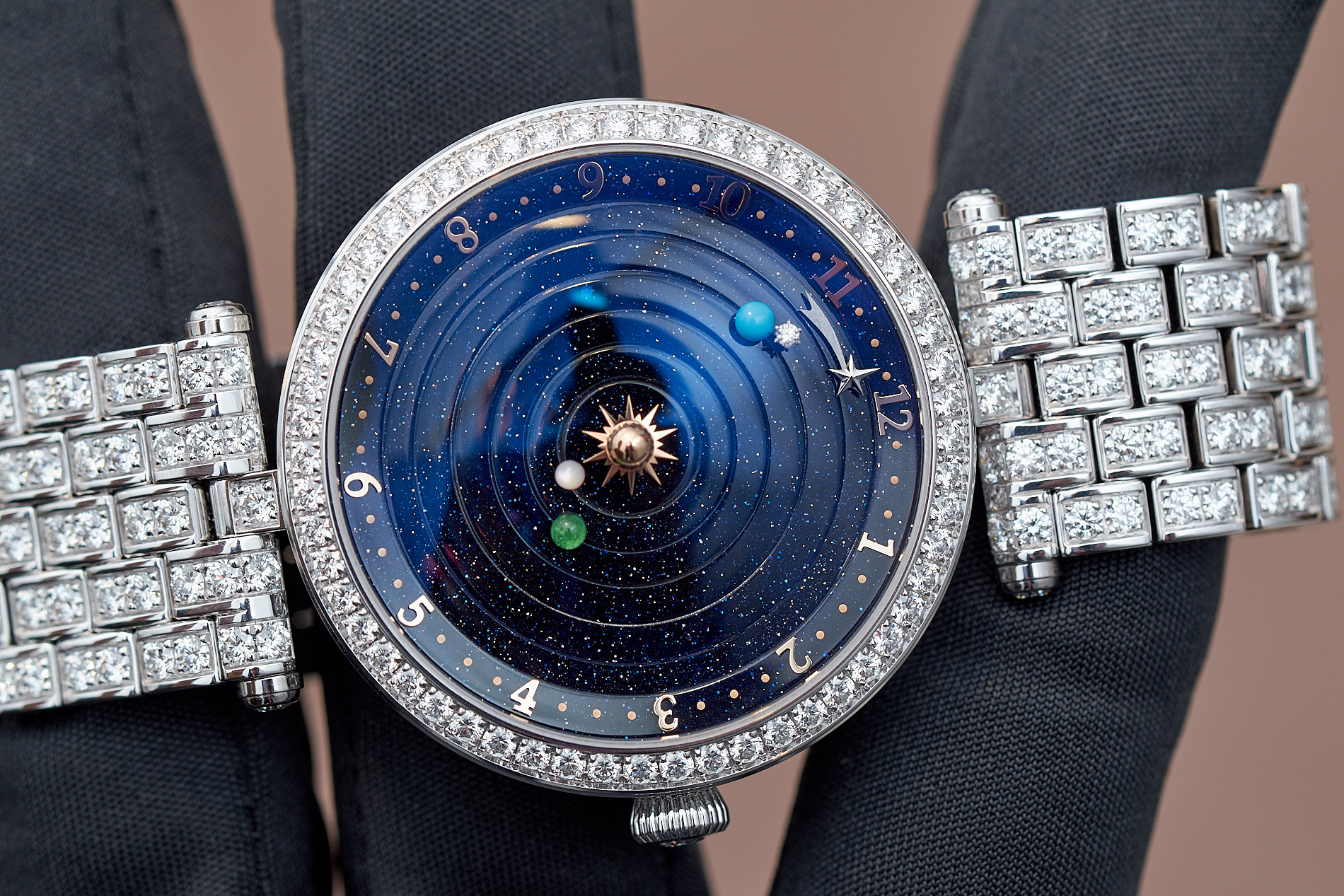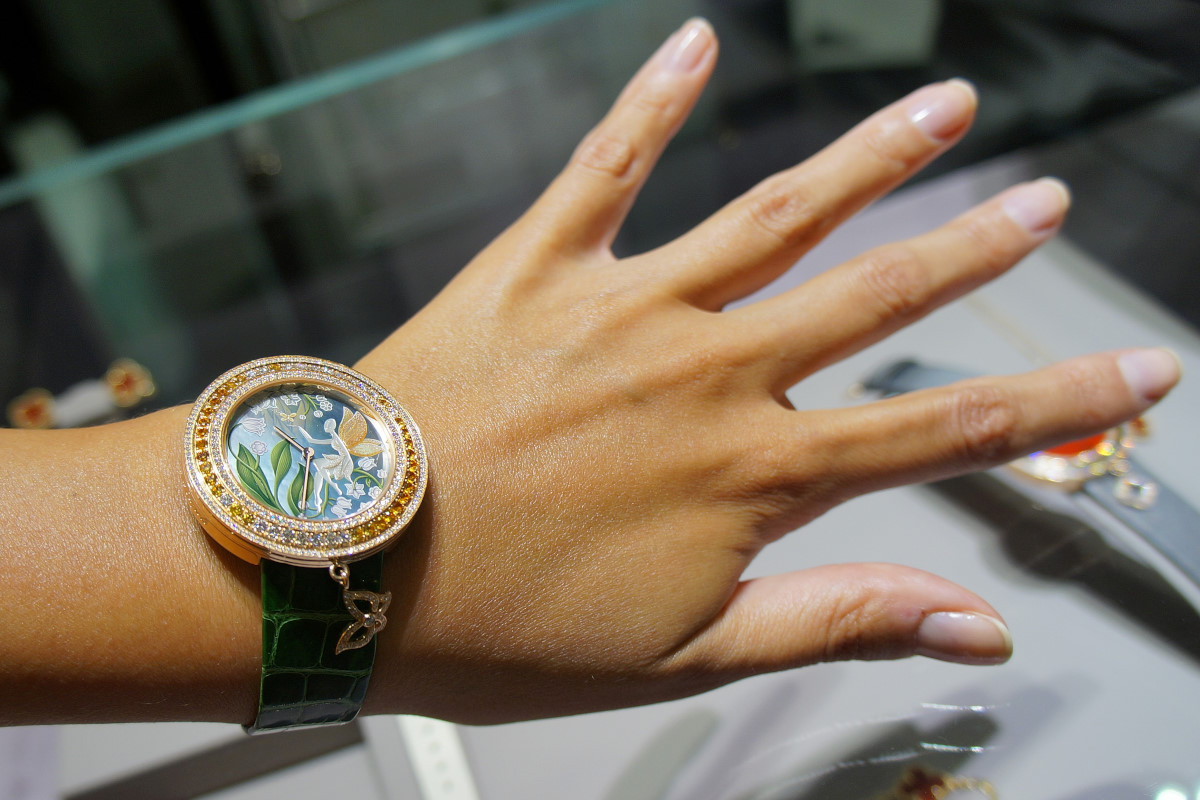Paris offers an abundance of culture and people with the most diverse interests can find exciting museums, galleries or exhibitions to see. Visiting one of the world’s most renowned museums, the Louvre; the Orsay, which encompasses the oeuvres of the Impressionist painters, or the Pompidou Centre which is dedicated to modern art could fill anyone’s schedule for weeks. In addition, we can select museums showcasing the art of perfumery, Arabic culture, photography, architecture, Asian or even the sewage network of Paris too.
Opposite the Garden of Tuileries, the Les Arts Décoratifs is a non-profit private organization located in the centre of Paris. It was established at the end of the 19th century to showcase the industrial application of fine arts and has remained true to its original purpose: to keep alive the culture of the arts which seek to make useful things beautiful in France.
The museum provides a perfect frame and setting for the Van Cleef & Arpels exhibition which encompasses over 400 pieces in a chronological presentation dating from 1906. In addition to the breathtaking jewellery, visitors can glimpse into the unparallel expertise and technical innovations of the jewellery house. A separate room houses the personal manifestos of the designer, gem setter and stone buyer experts working at the jewellery house, as they introduce their legendary activities stemming back several generations through a multitude of interesting details. The exhibition also contains unique vintage drawings of the brand’s designs. The graphic illustrations themselves can be considered works of art in their own right, and are a true delicacy for jewellery fans.
It was interesting to see how many people were curious to visit the exhibition of this legendary jewellery house. From tourists and Parisian ladies to even the youngest generation – everyone was excited to dive into the various periods of the magical world of the VCA. Here you can find a practical app to guide you in the exhibition.
The success of the Van Cleef & Arpels House began at the onset of the 20th century, and several prominent pieces were made after World War I., including the Roses bracelet and brooch, which won Grand Prize at the “Exposition Internationale des Arts Décoratifs et Industriels Modernes” held in Paris in 1925. The platinum bracelet consists of white and red roses made up of 463 round brilliant cut diamonds, 293 rubies ad 108 emeralds. Success in turn brought international recognition for the jewellery house.
The key sources of inspiration at the time were nature, as well as Egyptian, Chinese, Japanese and Persian art. New colours and stones appeared in the collections such as lapis lazuli, turquoise, coral, enamel, onyx and jade. With its geometric shapes, bright and contrasting colours and modern materials, the Art Deco style was a great inspiration for jewellery making in the 1920s and 1930s.
In the years before World War II, Renée Puissant became the creative director of the house, who was the daughter of Estelle Arpels and Alfred Van Cleef. Albeit she was not an artist herself, her innovative ideas were drafted onto paper by a talented designer René Sim Lacaze. Many of their joint pieces became famous, including the Panier Fleuri brooch or the Collerette – which consisted of a series of cushion shaped rubies and baguette-cut diamonds. This period was characterised by pioneering technical solutions including the Mystery Set or “Serti Mystérieux” invisible stone setting, or the Ludo bracelet with a flexible gold fabric band with a hexagonal motif. One of the unique manifestations of this innovation is the Minaudière, which is a jewel-like piece with compartments to substitute an evening bag. It allows the storage of several items in a small space, such as a makeup compact, lipstick, watch, cigarettes or keys.
Van Cleef & Arpels presented another iconic piece at the International Expo of 1939 in New York: the Passe-Partout necklace, labelled as the perfect accessory of a modern woman. The flexible snake chain can be adjusted to various lengths and can be worn as a bracelet or belt too. The flower clips which adorn the chain can also be varied and worn on the chain or as earrings.
The articles of the series:
Van Cleef & Arpels – ” L’Art de la Haute Joaillerie”, Part 1
Van Cleef & Arpels – ” L’Art de la Haute Joaillerie”, Part 2
Photo credits: Van Cleef & Arpels, Loupiosity.com.
All registered trademarks are property of their respective owners.
All rights reserved.





